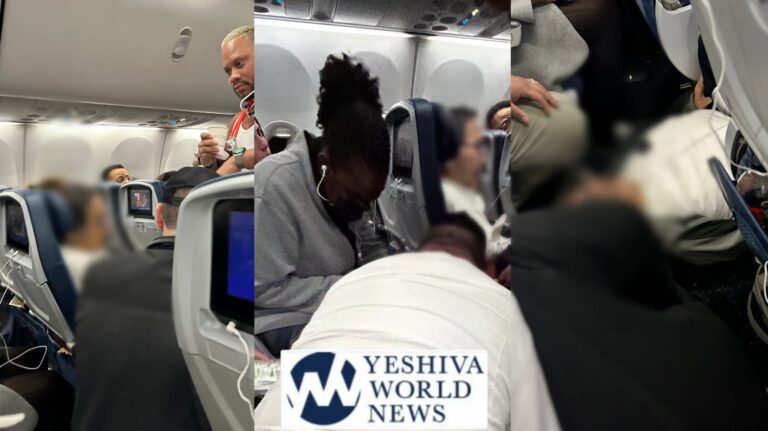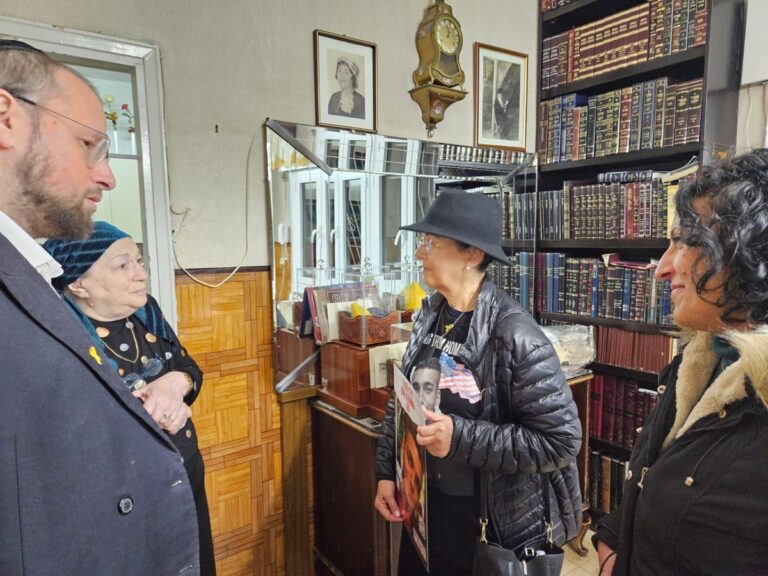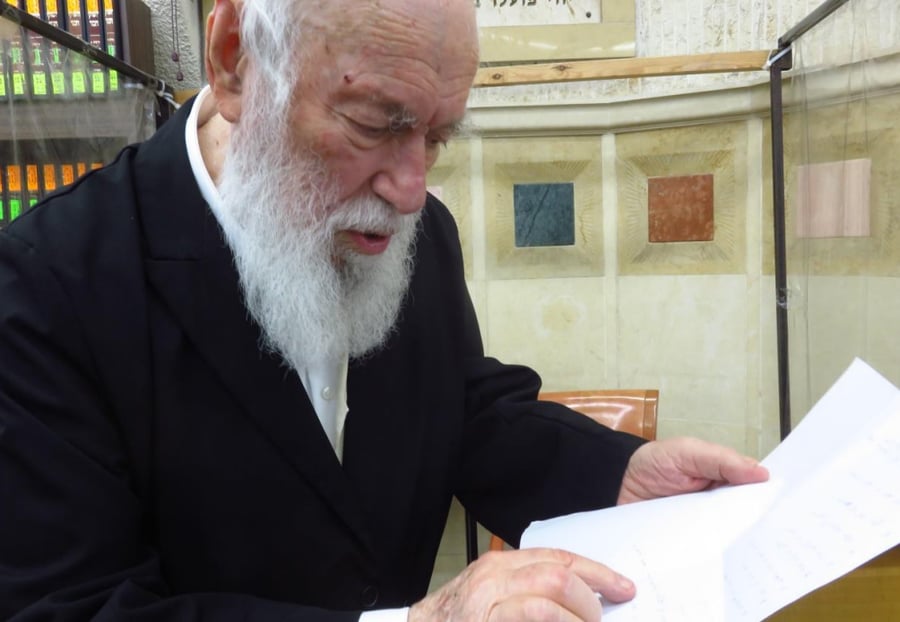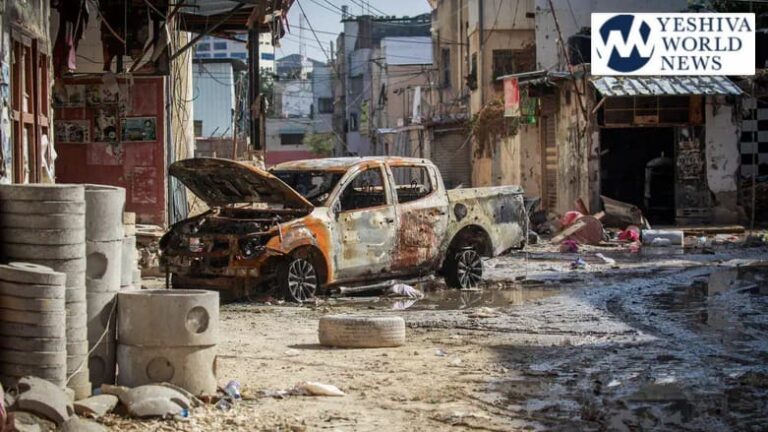 Los Angeles’ red-light traffic camera program, which officials report netted more than $6 million last year after expenses, could be significantly expanded under a new contract to be negotiated over the next 14 months, records and interviews show.
Los Angeles’ red-light traffic camera program, which officials report netted more than $6 million last year after expenses, could be significantly expanded under a new contract to be negotiated over the next 14 months, records and interviews show.
While adding more cameras could offer a welcome boost to city revenue in the midst of a fiscal crisis, officials say any expansion will be based on safety considerations.
No goal has been set, but internal City Hall discussions have included the possibility of adding cameras to blocks of eight intersections at a time and eventually doubling the overall reach of the program to 64 intersections, Los Angeles Police Department officials told The LA Times.
Fresh details of the discussions emerged as the Police Commission on Tuesday sent the City Council a recommendation to issue bid requests from vendors to operate — and presumably enlarge — the program starting next year.
Gov. Arnold Schwarzenegger has called for traffic cameras to be modified to also catch speeders, part of an effort to raise $300 million in fines to help close the state’s budget shortfall.
Los Angeles officials have voiced mixed reactions but taken no formal action on the proposal.
As for red-light cameras, critics contend that the safety benefits have been overstated and that the cameras chiefly are used to fatten government coffers. Those complaints have grown louder as red-light ticket fines have climbed sharply in recent years. They now total more than $500 in Los Angeles County when traffic school fees are included.
But LAPD officials and some experts say photo enforcement reduces potentially serious red-light-running accidents, changes driver behavior for the better and frees up patrol officers for other tasks.
And after struggling with construction delays and start-up and early operating expenses, Los Angeles’ red-light cameras have begun producing a sorely needed revenue surplus at a time when city programs and payrolls are being slashed.
Beyond payments of about $2 million to the city’s camera vendor and $1.2 million for Police Department costs, the city’s 32 camera-equipped intersections generated $6.4 million in net revenue in 2009, said LAPD Sgt. Matthew MacWillie, who oversees the program. The LAPD issues about 3,600 photo enforcement tickets a month, records show.
(Source: http://www.latimes.com/news/)











One Response
In Chicago the government has seen a reduction in revenue from the red light cameras in the third year and beyond of the program. Most people get one or two ‘gifts’ in the mail, and they suddenly begin to learn where the cameras are, and they just slow down and don’t take any chances.
There is also the ancillary ‘benefit’ of much longer lines at traffic lights as fewer cars get through at each light. At certain intersections where there had been a half dozen cars sitting as the light turns red, They are now finding backups of blocks at a time during rush hour and crunch time.